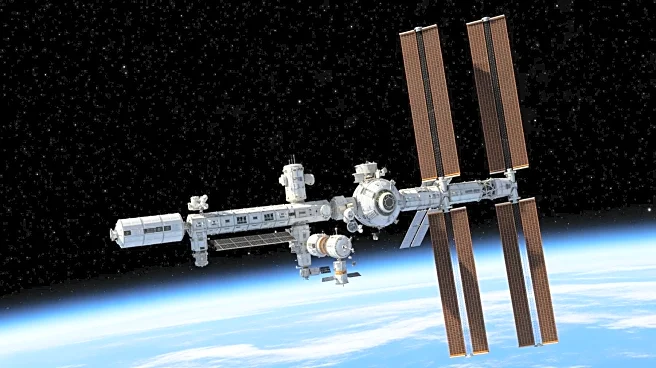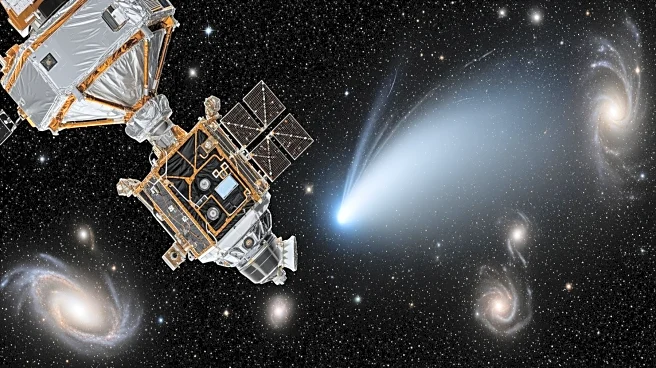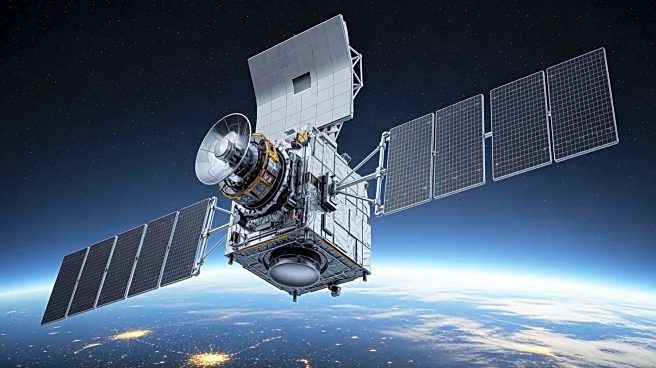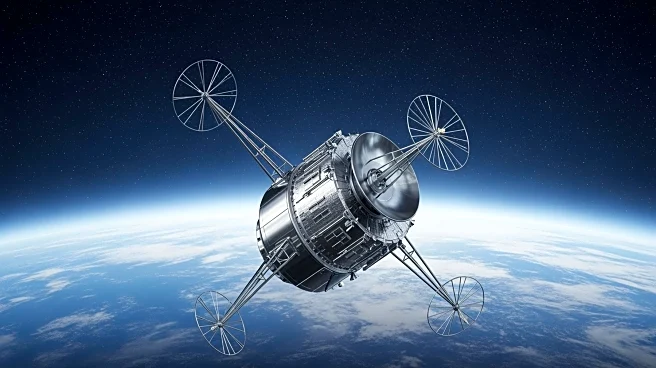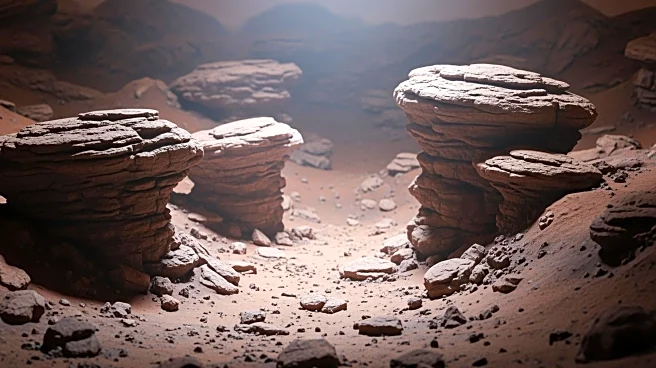What's Happening?
NASA and the Indian Space Research Organisation (ISRO) have released the first radar images from the NISAR (NASA-ISRO Synthetic Aperture Radar) satellite, marking a significant milestone in Earth observation. Launched under President Trump, the satellite is a collaborative
effort between the United States and India, aimed at providing detailed information on Earth's surface. The images captured by the satellite's L-band synthetic aperture radar system reveal intricate details of various landscapes, including Mount Desert Island in Maine and regions in North Dakota. These images demonstrate the satellite's ability to discern different types of land cover, such as vegetation, human structures, and water bodies. The NISAR mission, which includes both L-band and S-band radars, is designed to monitor Earth's land and ice surfaces, providing data crucial for disaster response, infrastructure monitoring, and agricultural management.
Why It's Important?
The release of NISAR's first images is a testament to international collaboration in space exploration, showcasing the potential for joint missions to advance scientific understanding. The satellite's ability to provide detailed radar images is vital for tracking environmental changes, such as deforestation, wetland loss, and crop progress. This data is essential for decision-makers in managing natural resources and responding to natural disasters. Furthermore, the mission supports NASA's broader goals of understanding planetary systems, which is crucial as humanity prepares for future missions to the Moon and Mars. The partnership between NASA and ISRO highlights the importance of global cooperation in addressing complex scientific challenges and advancing space technology.
What's Next?
As NISAR approaches full science operations, scheduled to begin in November, the satellite will continue to provide valuable data on Earth's surface. The mission team will focus on analyzing the radar images to produce actionable insights for various applications, including disaster management and environmental monitoring. The satellite's dual-band radar system will enable comprehensive studies of land and ice surfaces, contributing to a better understanding of Earth's dynamic processes. The ongoing collaboration between NASA and ISRO is expected to pave the way for future joint missions, enhancing the capabilities of both space agencies in exploring and understanding our planet and beyond.
Beyond the Headlines
The NISAR mission represents a significant advancement in radar technology, with its ability to penetrate forest canopies and measure soil moisture and ice surface motion. This capability is crucial for studying geological phenomena such as earthquakes and volcanic eruptions. The mission also underscores the ethical and cultural dimensions of international cooperation in space exploration, promoting shared scientific goals and fostering peaceful relations between nations. As the satellite continues to collect data, it may also contribute to long-term shifts in how countries approach environmental monitoring and disaster response, emphasizing the role of technology in addressing global challenges.






